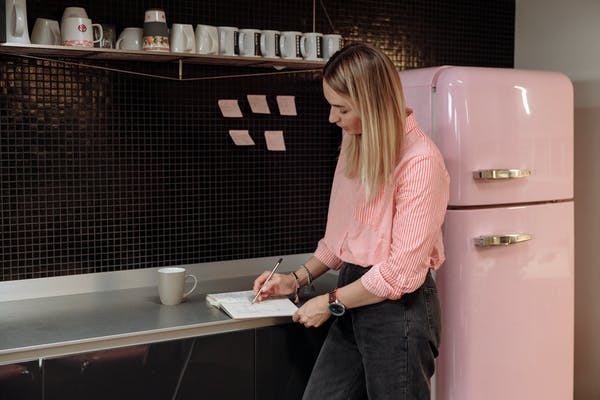
No matter what type of business you run, you can learn a lot from industry leaders in your field. Small grocery stores can take a page out of Walmart’s book, and up-and-coming tech companies can look to Apple and Microsoft for inspiration. The same can be said for your appointment-based business.
Whether you offer haircuts or oil changes, there are some things that all of the best appointment-based businesses have in common. Implement them into your business model, and you’ll have happier customers and a schedule packed to capacity. Use this checklist to add the features you need to be among the best of the best:
User-Friendly Online Appointment Software
The best of the best in appointment-based business use online appointment software to make life easier for themselves and for their customers. With online appointment software, customers can create bookings from any device at any time of day. Appointment slots are automatically updated to notify businesses at opening time.
The key to capitalizing on this convenience is to make your online appointment software as user-friendly as possible. Start with your website. Add an easily visible call to action that directs visitors to your booking software. Next, improve your loading times so customers don’t get discouraged and ditch the process altogether.
Clear Policies for Late Arrivals and Cancellations
Try as you might, late arrivals and cancellations will happen even to the best appointment-based businesses. What sets the leaders apart from the rest is how they handle these situations when they arise. They establish clear late and cancellation policies in advance and stick by them.
How do you plan to handle customers who show up late or cancel? In the former case, having to cede their place in line to other customers is a fair way to discourage tardiness and reward on-time arrival. For the latter, consider adding a surcharge to appointments cancelled without 24 hours’ notice. Display these policies clearly on your website and make sure whatever actions you take are well understood and equitable for everyone.
No-shows can fall under the cancellation category. If a customer commits to an appointment time and fails to arrive without notifying you, there should be a policy in place that covers that. You might consider charging a portion of the appointment fee to make up for lost revenue and wasted time. But remember that life gets in the way at times, and some changes will be unavoidable. Above all, strive to be fair.
Short Wait Times
No one wants to get to their scheduled appointment only to be kept waiting for 30 minutes. Appointments should begin promptly. When customers are on time, businesses should do their best to uphold their end of the bargain.
Of course things will happen that will push appointments back, but good businesses take precautionary measures to keep wait times to a minimum even when something goes wrong. To enable this, make a note of when appointments run long. Does this happen at particular times, with particular services, or with particular clients? Identifying the root causes can help you make scheduling adjustments. You could add buffer times between appointments or find ways to improve workflows through automation to help your business run more smoothly.
A Safe and Comfortable Waiting Room
Even when wait times are short, you’ll want to make those waiting customers as comfortable as possible. This adds to the experience and will put customers in a better mood come appointment time. Shoving all your patrons into a crowded room with limited seating options won’t reflect well on your business, especially as the Covid-19 pandemic persists.
Do what you can with the space you have. Even in a small waiting room, a complimentary coffee machine or a television set can really add to the space. Also be sure to keep health guidelines in mind as long as the coronavirus presents a threat to your employees and customers. Stay up to date with local ordinances, making sure chairs are spaced apart and masks are readily available as necessary.
Top-Notch Customer Service
You can nail all the logistics of appointment setting and still have customers walking away leaving a one-star review. Why does that happen? Because customer service skills aren’t up to par. Running a successful appointment-based business is just as much about the love and care you put into your craft as it is how efficiently you deliver it.
Provide your employees with continual customer service training. Emphasize building relationships with each visitor so they become more than a name that pops up on your online appointment software. Sincerely attentive customer service will enhance the appointment experience, boosting your retention rates.
Data Analytics
One of the most helpful benefits of implementing online appointment software is the constant access to data. This information will prove to be invaluable to your business, giving you the insight you need to make decisions that will improve your appointment experience from beginning to end.
For example, data analytics will show you the average length of appointments, the ratio of no-shows to made appointments, and key demographics you can target with your next marketing campaign. Without these numbers, your decision making is based on little more than guesswork. With data at your fingertips, your plans will have direction and purpose. This data will also show you how your numbers improve after implementing the tips mentioned above.
Note the changes you make and how they impact your business. Soon enough, you’ll be the best appointment-based business in town, and fellow establishments will start emulating your recipe for success.









